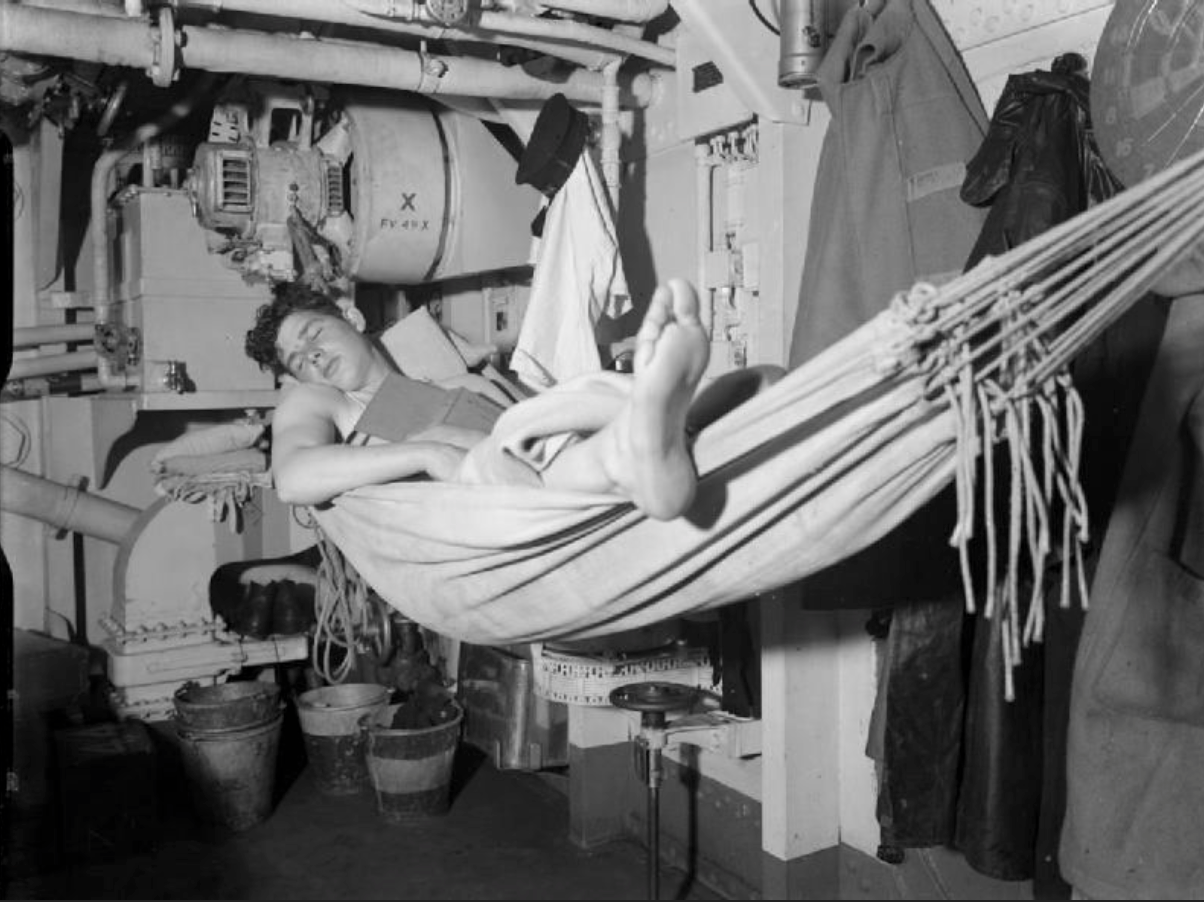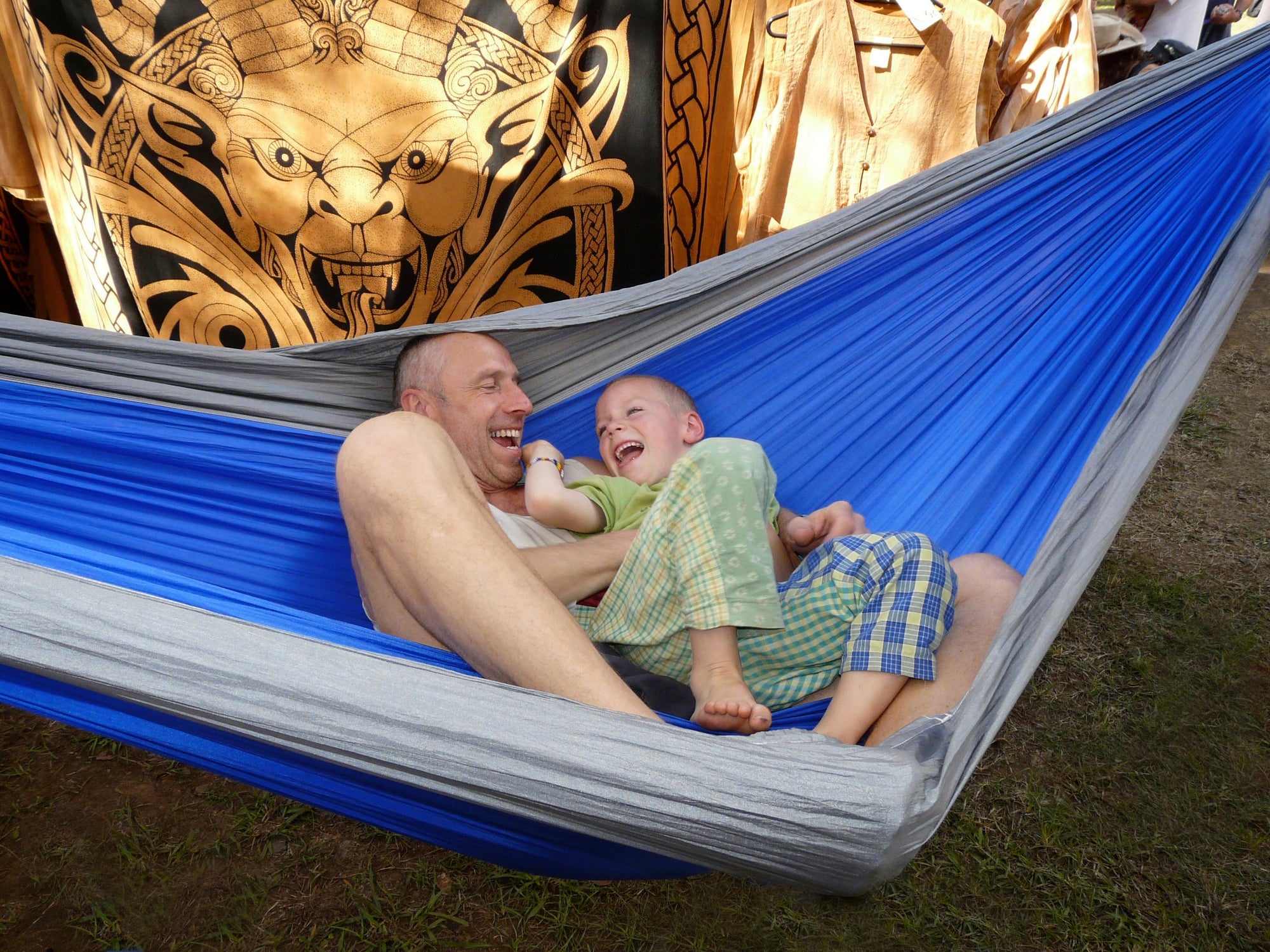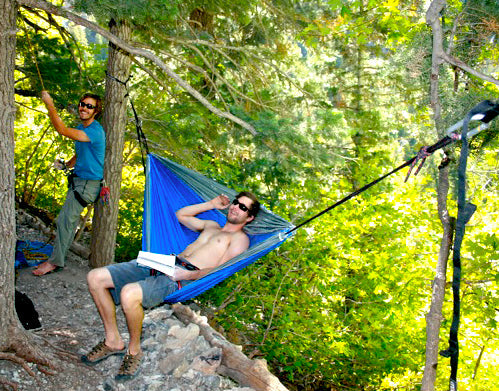A hammock, the quintessential symbol of leisure, relaxation, and simple living, has a history as rich and diverse as the cultures that have embraced its comfort. These iconic slings, typically made from fabric, rope, or netting, suspended between two anchor points, have been used for everything from sleeping in the heart of the jungle to enabling astronauts to catch some rest in outer space. Join us on a journey through the fascinating history of hammocks, from their humble beginnings in the West Indies to their modern-day popularity in camping and space exploration.
Hammock Origins: A Legacy of Native Innovation
The roots of the hammock can be traced back to the indigenous people of Mexico and the West Indies. The word "hammock" itself is derived from the Taíno Arawakan word "hamaca," meaning "fish net." Early hammocks were woven from the bark of hamack trees, and later, sisal fibers became a preferred material due to their abundance and durability.
One significant reason for the hammock's popularity in Central and South America was its ability to provide protection from various threats, including disease transmission, insect stings, and animal bites. By suspending their sleeping quarters above the ground, inhabitants were shielded from dangerous creatures like snakes and biting ants.
Columbus and the Introduction of Hammocks to Europe
Hammocks first caught the attention of European explorers when Christopher Columbus encountered them during his voyages to the islands of the Bahamas. He brought several of these ingenious sleeping devices back to Spain, where their novelty sparked interest among European sailors and adventurers.
Naval Hammocks: A Seafaring Innovation
Around 1590, hammocks found their way onto sailing ships, and the Royal Navy officially adopted the canvas sling hammock in 1597. These hammocks quickly became a staple for sailors, offering a comfortable and secure sleeping solution on the cramped decks of warships. The most significant advantage of hammocks is their ability to move in harmony with the ship's motion, preventing sailors from being thrown onto the deck during rough seas.
The sides of traditional canvas naval hammocks wrapped around the sleeper, creating a cocoon-like enclosure that made it nearly impossible to fall out. So beloved were these naval hammocks that many sailors even took them ashore during their leave.
The naval use of hammocks continued into the 20th century, with troopships during World War II employing them to maximize space and troop-carrying capacity. To this day, leisure sailors often prefer hammocks over bunks for the superior sleep they provide at sea.
Hammocks in Space: A Weightless Comfort
Hammocks found their way into the final frontier during the Apollo program when astronauts utilized them for sleep in the Lunar Module between moonwalks. The weightlessness of space made hammocks an ideal choice, allowing astronauts to rest comfortably despite the absence of gravity.
Hammock Camping: The Frontier of Adventure
Hammock camping represents a modern evolution of this age-old invention. Campers now sleep in suspended hammocks rather than traditional ground tents. This form of camping offers several advantages, including comfort, reduced environmental impact, and versatility.
A water proof rain fly is often suspended above the hammock to keep campers dry during foul weather, and mosquito netting provides protection from insects and other ground-dwelling critters. The Hammock Bliss No See Um No More is a perfect example of an all purpose netted hammock that can be used with or without the attached netting.
The Appeal of Hammock Camping
Hammock camping enthusiasts argue that this approach is more environmentally friendly than traditional tent camping. Unlike tents, which can damage the ground and leave a lasting impact on ecosystems, hammock tents attach to trees using removable webbing straps that cause minimal harm to tree bark and leave no lasting marks. This aligns with the principles of Leave No Trace camping, a philosophy favored by hikers and nature enthusiasts.
Furthermore, hammock camping opens up a world of possibilities for campsite selection. Campers can comfortably set up their hammocks on rocky terrain, slopes, or uneven ground while staying elevated and away from small animals, snakes and insects. Sleeping off the ground also prevents campers from being exposed to rainwater runoff that might seep into a tent during a downpour. Newer hammocks also attempt to provide a flatter sleeping space as well as thermal insulation. The Hammock Bliss Sky Bed Bug Free is one such innovation with its asymmetrical design and integrated sleeve which accommodates an inflatable pad.
Lastly, the lightweight nature of hammocks makes them ideal for reducing backpack weight, appealing to the growing community of ultralight backpacking enthusiasts.
The hammock has come a long way from its indigenous roots in the West Indies to becoming a symbol of relaxation and adventure. It’s evolution, from a simple sleeping solution for native people to a beloved comfort on naval ships and a practical choice for campers and astronauts, showcases the enduring appeal of this iconic invention. Whether you're resting in a traditional rope hammock in your backyard or embarking on a hammock camping expedition, these multipurpose slings continue to provide the ultimate blend of comfort and adventure.




Comment
Absolutely loved your post on “Camping Bliss”! Your tips are spot on and the photos are stunning. Can’t wait to try these ideas on my next WildKamp adventure. Thanks for the inspiration! https://explorenetworth.com/unplug-and-explore-essential-tips-for-off-the-grid-camping-bliss/